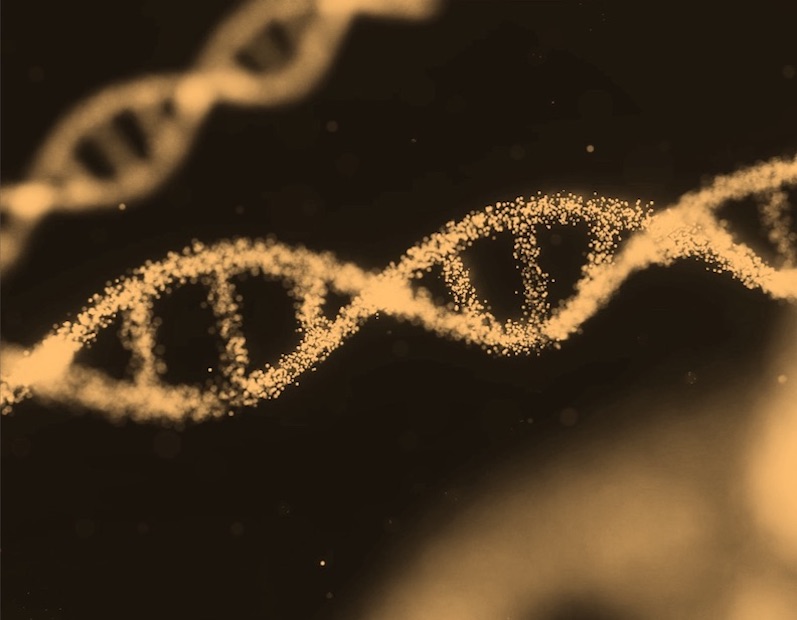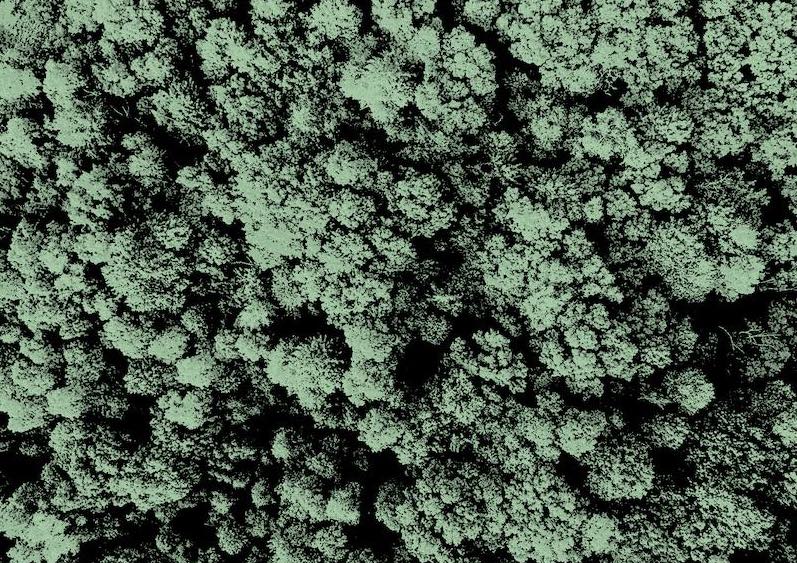What is it about?
Herein, we review a many-body relativistic theory in the context of quantum entanglement and nonlocality. We extract from a collection of charged particles a formulation which obeys (i) particle–particle symmetry, (ii) conservation rules for the total canonical momentum and total energy, (iii) Maxwell’s equations, and (iv) relativistic invariance. An important aspect related to quantum entanglement is the existence and the formulation of a conservation law for total generalized momenta within a relativistic action-at-a-distance framework for such a collection of charged particles. It is thus found that there is more correspondence between some of the older Machian notions of classical mechanics and quantum entanglement than previously realized and it is suggested that the apparent nonlocal effects in quantum mechanics can be explained without having to resort to any violation of causality thanks to a “handshake” principle resulting from Hamilton’s principle applied to a closed system of charged particles as a whole ensemble.
Featured Image

Photo by Google DeepMind on Unsplash
Why is it important?
This is a review of the work of Moore and Scott on the Fokker-Wheeler-Feynman (FWF) time-symmetric theory - also known as the "absorber theory". Conservation rules for a canonical momenta are established. This work proposes a handshake mechanism similar to that proposed by John Cramer in his Transactional Interpretation of Quantum Mechanics but requiring less assumptions and obtained naturally by Hamilton's principle applied to a closed system as a whole.
Perspectives
The FWF theory and its success puts into question many notions: can we predict the future? Moreover, Can we go back in time? Is the electron a point particle? and if so, does it have an infinite self-energy?
Dr Tony Cyril Scott
RWTH-Aachen University
Read the Original
This page is a summary of: Quantum nonlocality and conservation of momentum, Physics Essays, September 2015, Physics Essays Publication,
DOI: 10.4006/0836-1398-28.3.374.
You can read the full text:
Contributors
The following have contributed to this page







